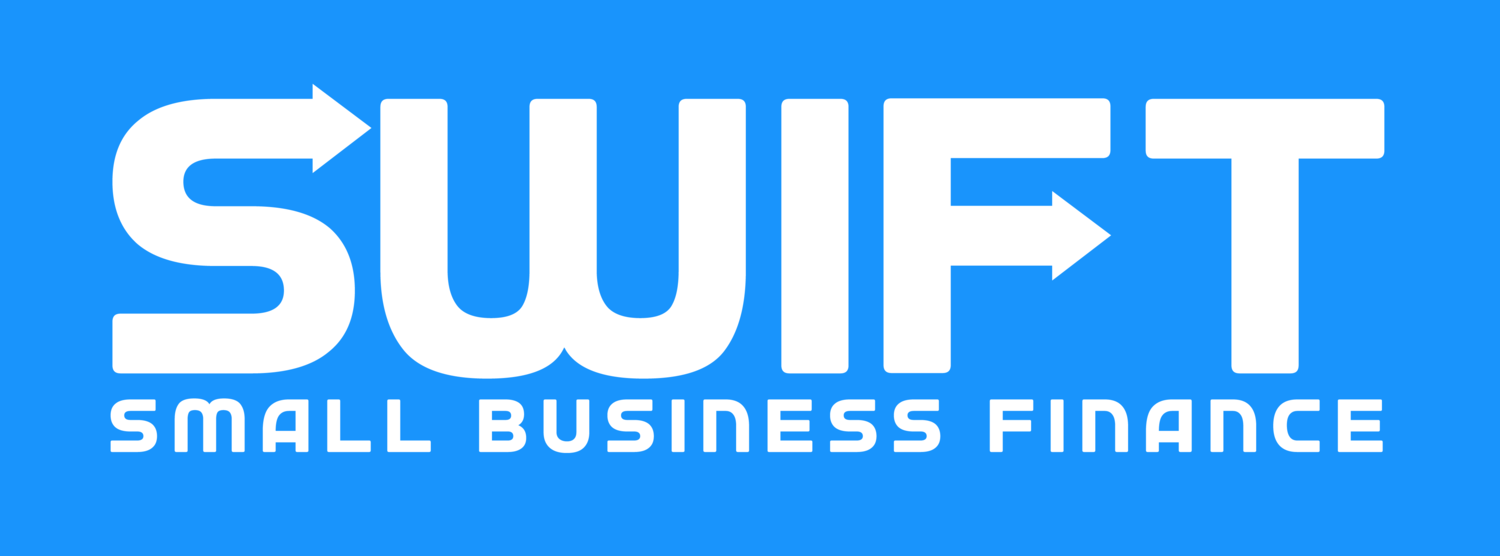SBA Express Loans
Submit your request in minutes and receive quotes within hours through our marketplace.
Join thousands of businesses that have secured funding through our marketplace.
What are SBA Express loans?
SBA Express loans offer small businesses and startups quick access to funding of up to $500,000. With approval possible in just two to three days, they stand out as one of the fastest financing solutions available for entrepreneurs.
An SBA Express loan can be applied toward many business needs whether it’s opening a new location, managing working capital, stocking up on inventory, investing in equipment, or even acquiring real estate.
With the SBA backing a portion of each loan, you benefit from competitive interest rates and flexible repayment terms tailored to fit your business needs.
At Swift, we guide you through every step of the SBA Express loan process. Our team connects entrepreneurs with the right lenders daily, working quickly to secure the best financing options for your business.
Fast approval process
Flexible use of funds
Up to $500,000 in financing
SBA Express Loan Terms
Loan Amount
Up to $500,000
Interest Rates
4.5% to 8%, based on the loan amount
Term Length
Between five and 25 years
Application Turnaround Time
Two to three days
Fund Dispersal Time
20 to 30 days after approval
SBA Guarantee
50% of the loan amount.
Collateral
policies for amounts above $25,000.
Glossary of SBA Express Loan Terms
Amortization Explained
Amortization is the process of repaying a debt through regular, scheduled payments over a set period of time.
Understanding Working Capital
Working capital is the cash available to cover everyday business expenses like payroll, rent, utilities, inventory, and marketing.
Using an SBA Express Loan for Startups
With its broad range of approved uses, an SBA Express loan offers flexible financing that’s simple to get and ideal for your startup.
Understanding an SBA Microloan
Amortization is the process of repaying a debt through regular, scheduled payments over a set period of time.
Understanding Debt Service Coverage Ratio (DSCR)
With its broad range of approved uses, an SBA Express loan offers flexible financing that’s simple to get and ideal for your startup.
Understanding the Small Business Administration (SBA)
With its broad range of approved uses, an SBA Express loan offers flexible financing that’s simple to get and ideal for your startup.
Securing a small business loan should be simple now, it is.
Click below to get a free, no obligation quote and explore your loan options.






